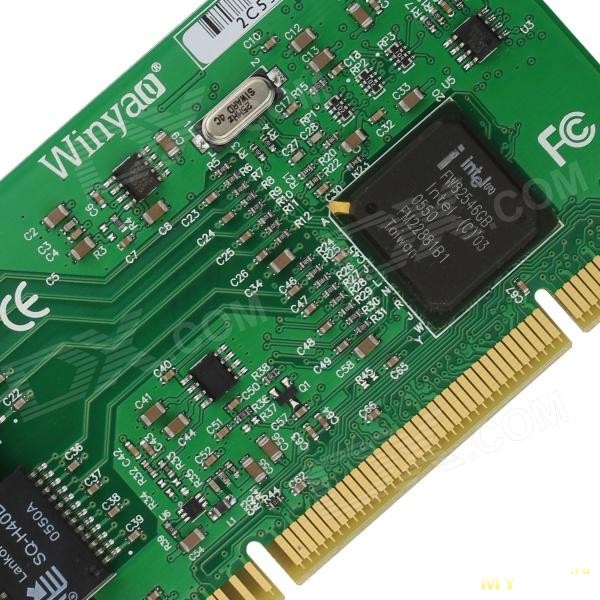@tjt263, right, there are both macOS ports of pciutils and libusb (I suspect that lspci and lsusb are included in the respective source trees as examples/handy utils). There are also wrapper shells available that use e.g. Systemprofiler SPUSBDataType as a datasource and try to behave like lsusb or whatever. – kervich Mar 13 '17 at 14:33. AlternativeTo is a free service that helps you find better alternatives to the products you love and hate. The site is made by Ola and Markus in Sweden, with a lot of help from our friends and colleagues in Italy, Finland, USA, Colombia, Philippines, France and contributors from all over the world. That's right, all the lists of alternatives are crowd-sourced, and that's what makes the data. Lspci for macos. Lspci for macos.
lspci stands for list pci. Think of this command as 'ls' + 'pci'.
This will display information about all the PCI bus in your server.
Apart from displaying information about the bus, it will also display information about all the hardware devices that are connected to your PCI and PCIe bus.
In 117-101 117-101, aiotestking lspci, check what pyhsical card has what max linux, ethernet, how to display lpsci mac, lscpi macbook pro 2011, lspci -vv mac, lspci command, lspci command example, lspci command examples, lspci command for mac, lspci command in solaris, lspci command mac, lspci for mac, lspci in solaris, lspci mac, lspci mac. Please see lspci(8) for details on access rights. General options-v. Tells setpci to be verbose and display detailed information about configuration space accesses. Tells setpci not to complain when there's nothing to do (when no devices are selected). This option is intended for use in widely-distributed configuration scripts.
Ios sdk for mac. For example, it will display information about Ethernet cards, RAID controllers, Video cards, etc.
lspci utility is part of the pciutils package.
If you don't have pciutilis, install it on your system as shown below.
1. Default Usage
Lspci For Centos
By default it will display all the device information as shown below. The first field is the slot information in this format: [domain:]bus:device.function
In this example, since all the domain are 0, lspci will not display the domain.
Note: In all the examples below, we'll be showing only partial output by picking couple of devices from the above list.
Lspci For Mac Download
2. Dump PCI Info in Different Format
If you want to pass the output of the lspci command to a shell script, you may want to use -m option (or -mm option) as shown below.
This option is also helpful when you want to view the subsystem information. For example, for the RAID controller, the default output just says that is is using LSI Logic RAID controller. But, the following output displays the subsystem, which is DELL PERC H700 Integrated RAID controller system.
3. Output in Tree Format
The -t option will display the output in tree format with information about bus, and how devices are connected to those buses as shown below. The output will be only using the numerical ids.
4. Detailed Device Information
If you want to look into details of a particular device, use -v to get more information. This will display information about all the devices. The output of this command will be very long, and you need to scroll down and view the appropriate section.
For additional level for verbosity, you can use -vv or -vvv.
In the following example, I've given output of only the RAID controller device.
5. Display Device Codes in the Output
If you want to display the PCI vendor code, and the device code only as the numbers, use -n option. This will not lookup the PCI file to get the corresponding values for the numbers.
If you want to display both the description and the number, use the option -nn as shown below.
6. Lookup a Specific Device
When you know the slot number in the domain:bus:slot.func format, you can query for a particular device as shown below. In the following example, we didn't specify the domain number, as it is 0, which can be left out.
When you know the device number in the vendor:device format, you can query for a particular device as shown below.

If you know only either the vendor id, or the device id, you can omit the other id. For example, both the following command will return the same output as the above.
7. Display Kernel Drivers

Lspci For Mac Installer
This is very helpful when you like to know the name of the kernel module that will be handling the operations of a particular device. Please note that this option will work only on Kernel 2.6 version and above.

If you enjoyed this article, you might also like.
Next post: What is Cloud Computing? Introduction to Cloud Service Models
Lspci Mac Download

If you know only either the vendor id, or the device id, you can omit the other id. For example, both the following command will return the same output as the above.
7. Display Kernel Drivers
Lspci For Mac Installer
This is very helpful when you like to know the name of the kernel module that will be handling the operations of a particular device. Please note that this option will work only on Kernel 2.6 version and above.
If you enjoyed this article, you might also like.
Next post: What is Cloud Computing? Introduction to Cloud Service Models
Lspci Mac Download
Lspci For Mac Os
Previous post: How to Combine Ping and Traceroute On Linux Using MTR Command Examples
